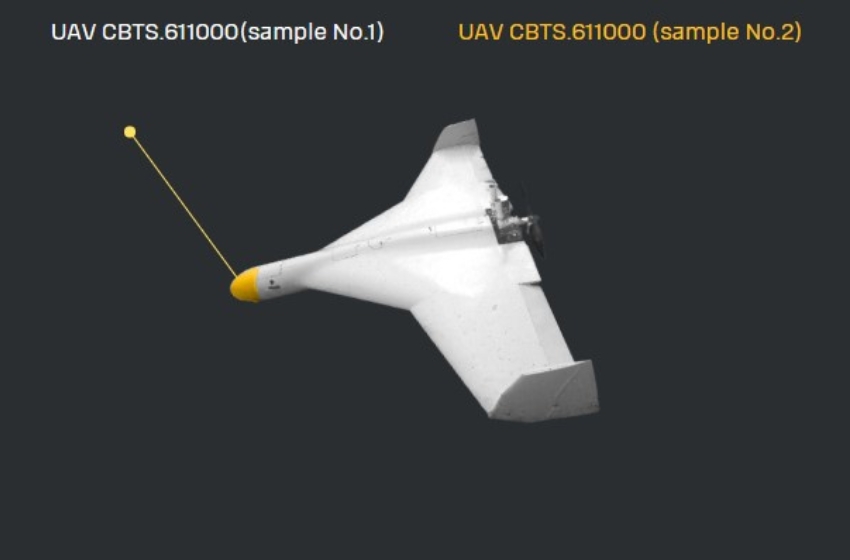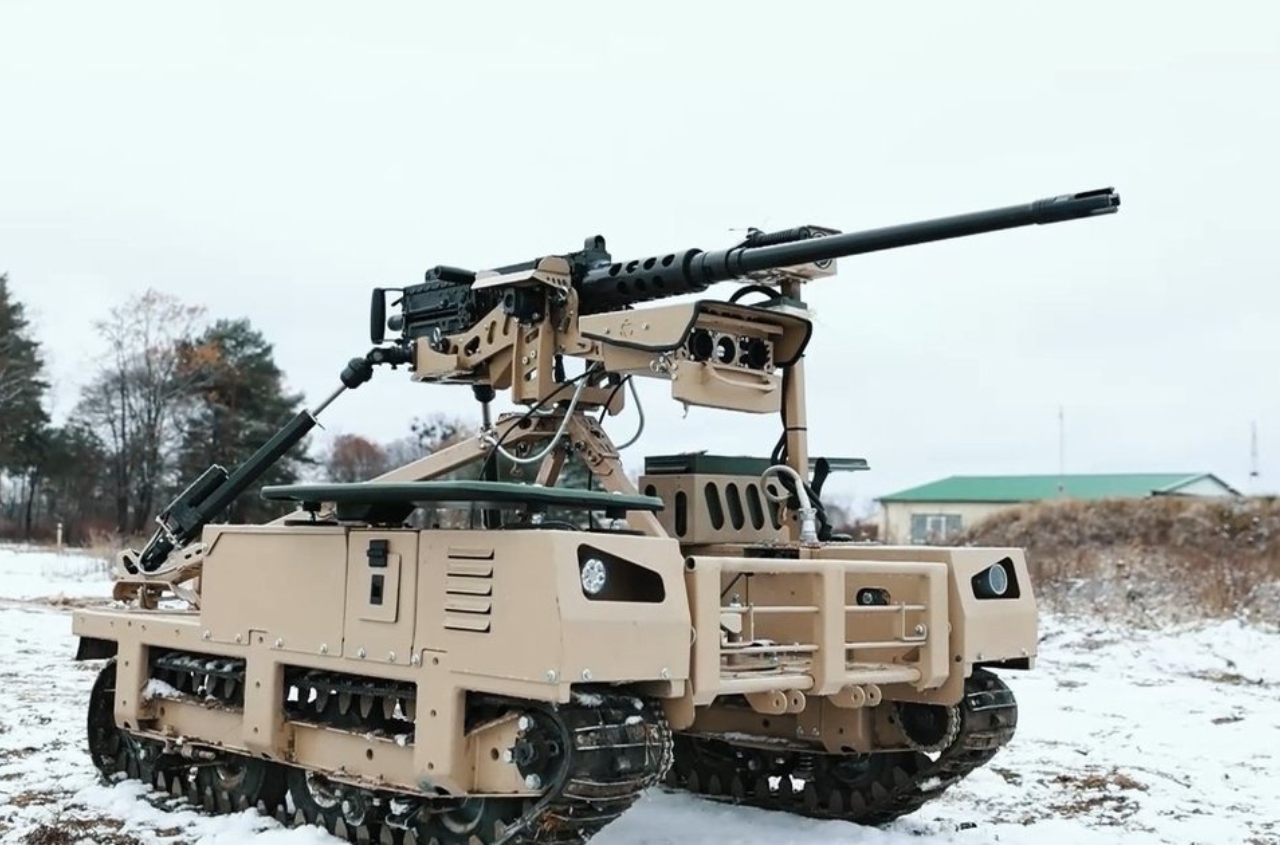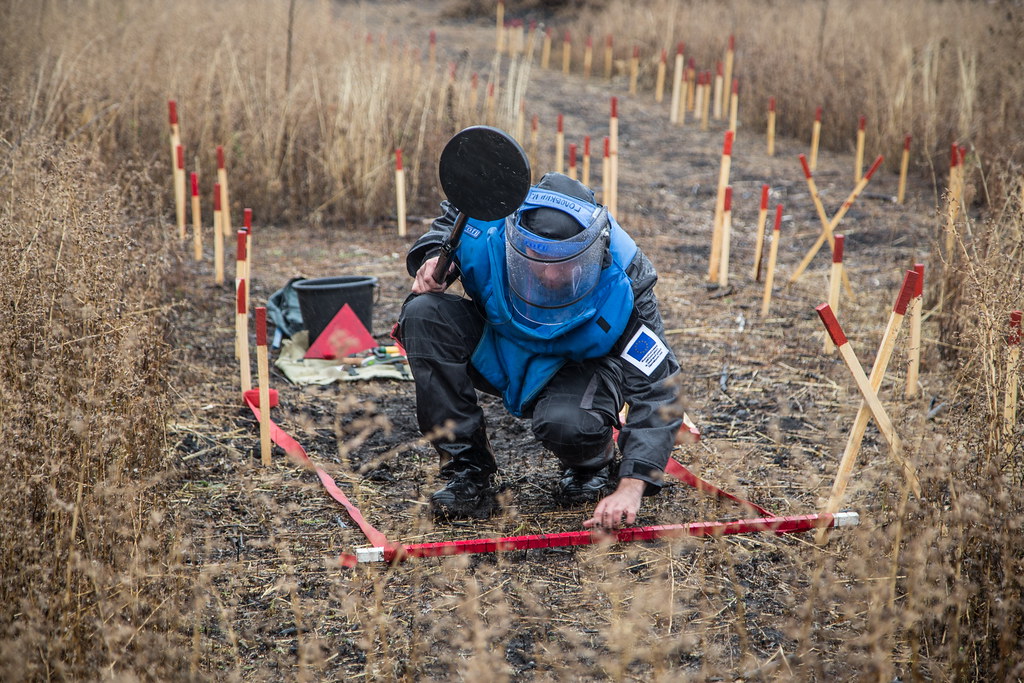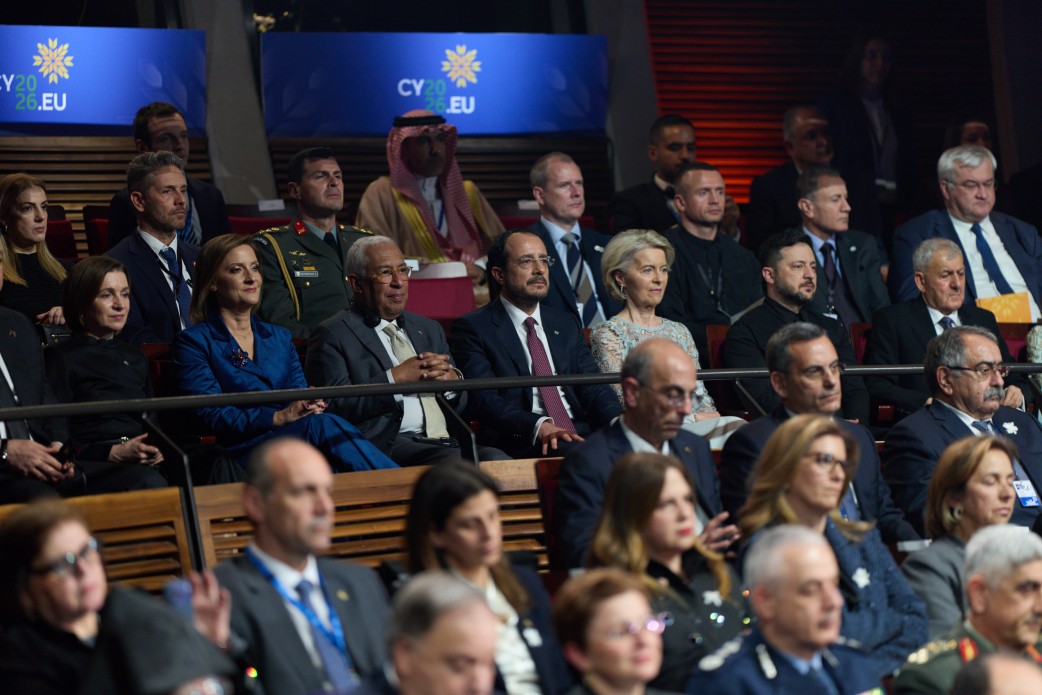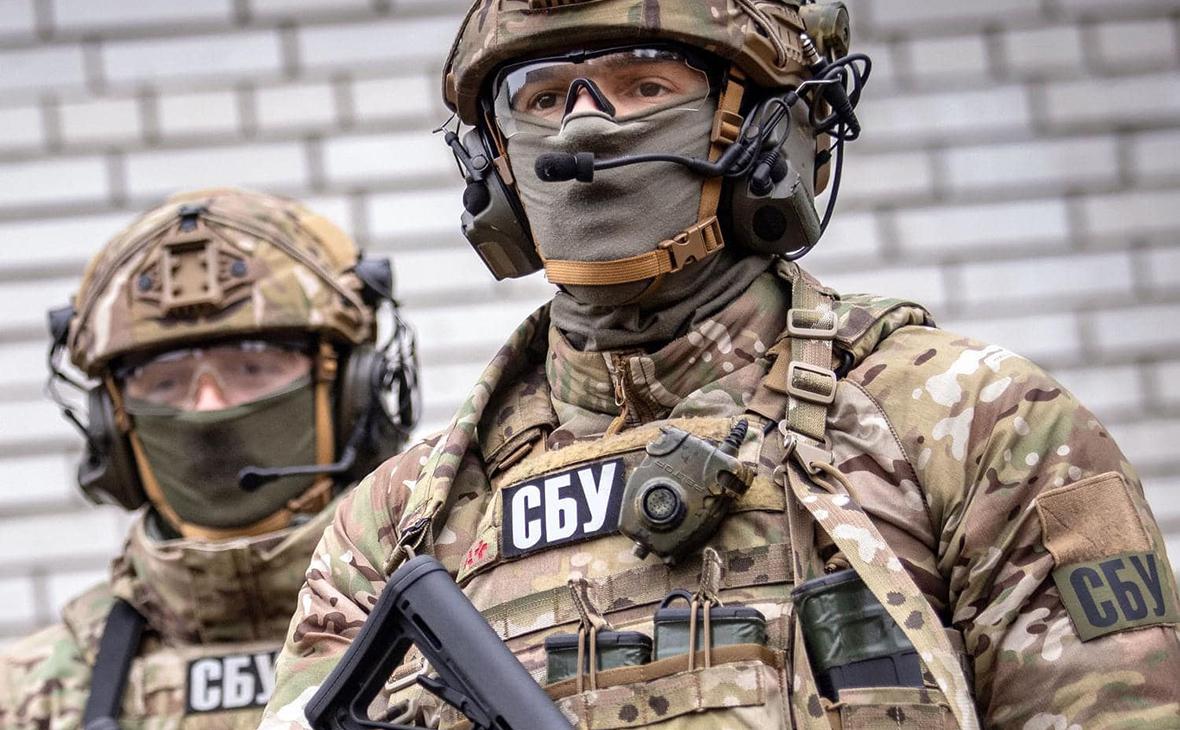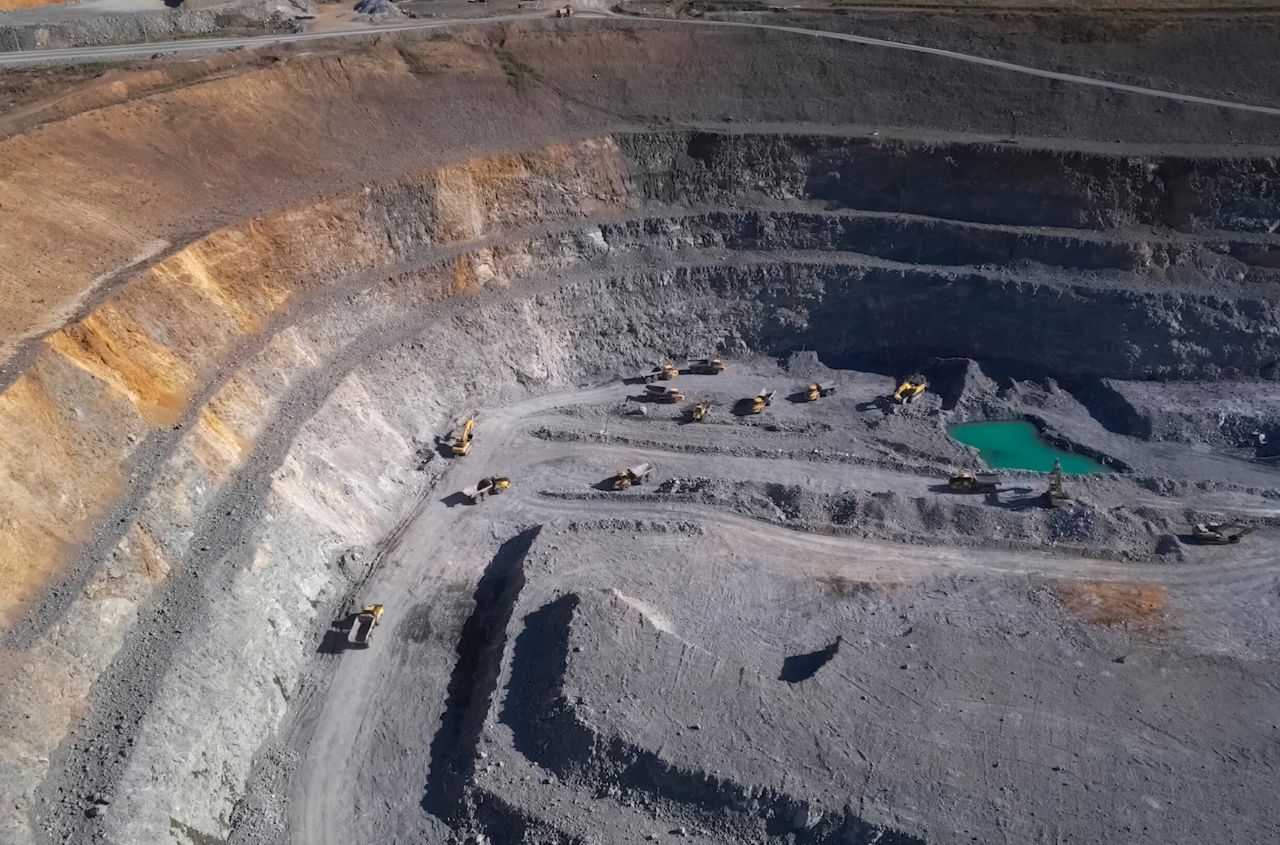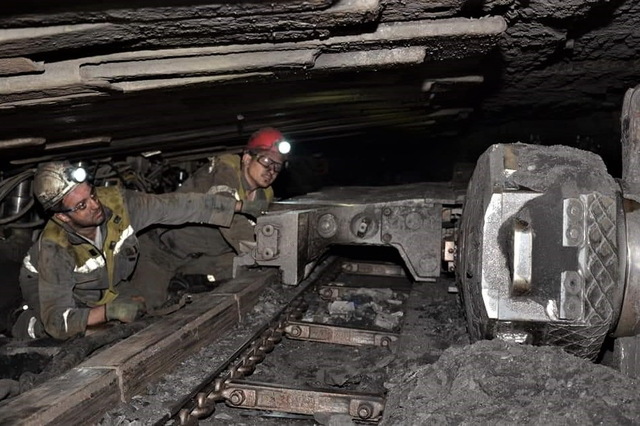The Main Intelligence Directorate of the Ministry of Defense of Ukraine, in the Weapon Components section of the War&Sanctions portal, has published the components of a new UAV currently used by Russia as both a reconnaissance drone and a decoy target to detect Ukrainian air defense positions and overload them.
According to some reports, it can also carry a warhead weighing up to 15 kg.
The drone has a delta-wing fuselage similar to the Shahed-136 ("Geran-2") but is significantly smaller. All components and modules are of Chinese origin.
Nearly half of them—including the flight controller with autopilot, navigation modules and antennas, airspeed sensor, and Pitot tube—come from a single Chinese company, CUAV Technology, which specializes in R&D and manufacturing of system modules and UAV applications.

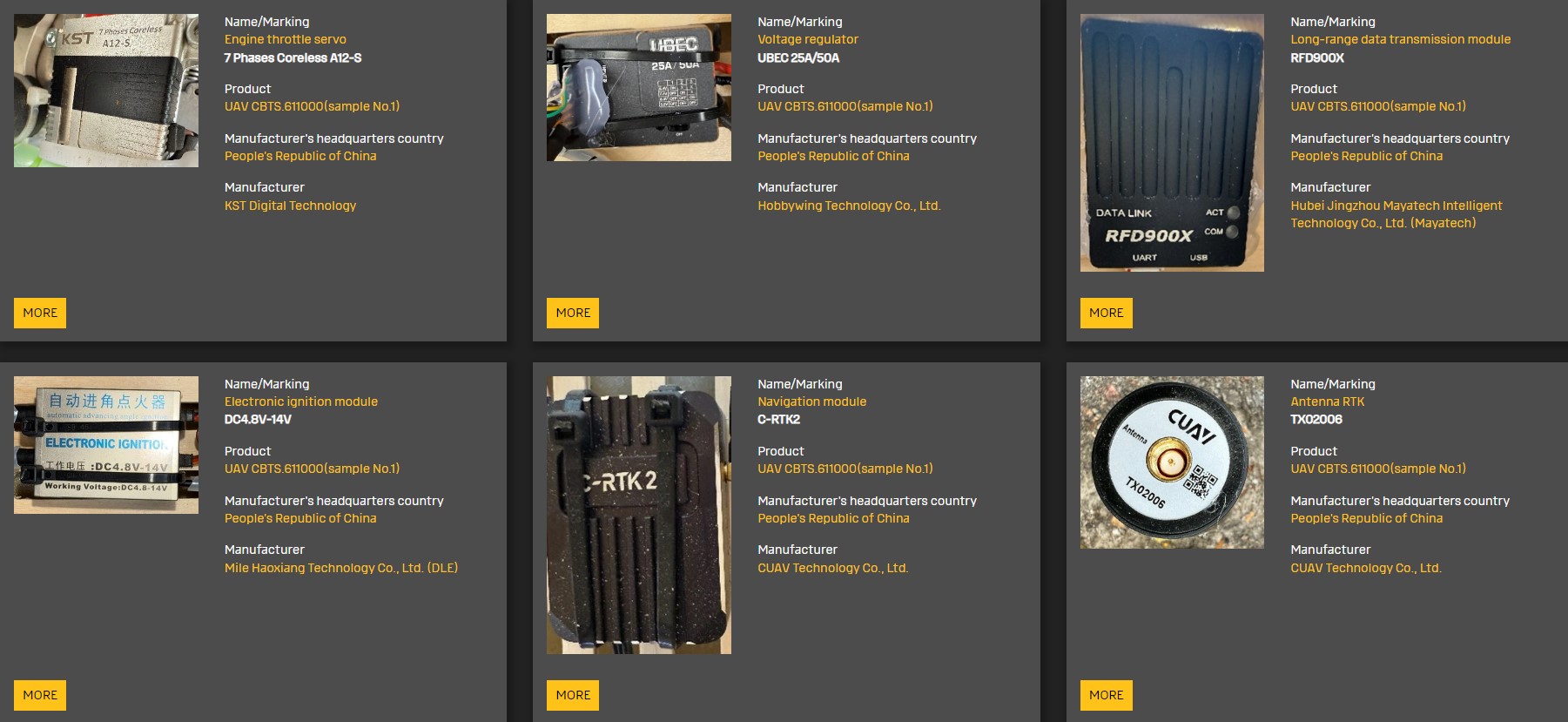
In October 2022, CUAV announced restrictions on supplying their products to Ukraine and Russia to prevent military use.
However, in 2023 Russia unveiled a vertical takeoff UAV allegedly of their own design, which turned out to be a CUAV Technology product available on AliExpress.
Besides CUAV components, these UAVs use engines and electronic ignition modules from DLE (Mile Haoxiang Technology Co., Ltd.), KST servos, FPV cameras Razer by Foxeer Technology, Mayatech RFD900X data transmission modules, ReadyToSky video transmitters, Hobbywing Technology power regulators, and HRB Power batteries.
The UAV is also equipped with a Chinese copy of the Australian RFDesign RFD900x data transmission module. Like the original, this Chinese version is designed for long-range data transmission (up to 40 km line of sight, depending on the antenna).
This device allows establishing a data link from the drone to its ground station or between drones, expanding reconnaissance capabilities.
DLE engines were previously used by Russia in the Gerbera and Parody UAVs; KST servos have been used in Shahed-136 (Geran-2) and V2U drones, universal planning and correction modules, and aerial bombs.









